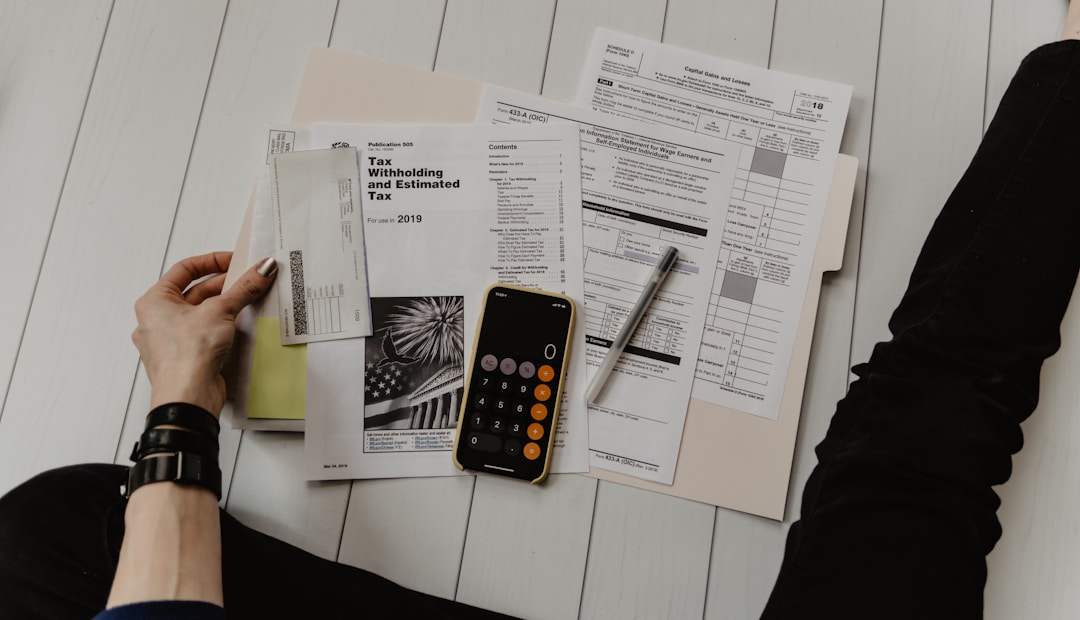The recent announcement of the Biden student loan forgiveness program has sparked a significant amount of interest and hope among millions of Americans burdened by student loan debt. This initiative is part of a broader effort to alleviate the financial stress on former students, making higher education more accessible and manageable for future generations. Understanding who qualifies for this forgiveness can help borrowers navigate their options and potentially ease the financial pressures they face.
Federal Loan Borrowers
Primarily, the forgiveness program targets borrowers with federal student loans. Individuals with Direct Loans, including Stafford Loans, can breathe a sigh of relief as they stand to benefit directly from this program. The first step for these borrowers is to ensure their loans are in good standing and not in default. If you're behind on payments, there might still be ways to qualify, such as entering into a rehabilitation program to get your loans back on track. This initiative underscores the government's commitment to supporting those who have invested in their education through federal loan programs.
However, not all federal loans are eligible. For instance, older FFEL Program Loans and Perkins Loans not held by the Department of Education may require consolidation into Direct Loans to qualify. This process can be straightforward, but it does require borrowers to take proactive steps to ensure their loans are eligible under the new forgiveness terms. Understanding the nuances of your loan type and taking action to align with the program's requirements is crucial for maximizing your benefits.
Income Considerations

Income level plays a pivotal role in determining eligibility for loan forgiveness. The program is designed to provide relief to those who need it most, focusing on borrowers with certain income thresholds. For single borrowers, the income cap is set at a specific figure, while married couples or heads of households have a higher threshold. This ensures that the relief efforts are targeted toward individuals and families facing significant financial challenges.
To apply for forgiveness based on income, borrowers will need to submit documentation proving income levels, such as tax returns or pay stubs. This requirement emphasizes the program's aim to tailor relief efforts to borrowers' financial realities, ensuring that those with the greatest need receive the most support. It's a move towards making the student loan system more equitable and responsive to economic disparities among borrowers.
Public Service Employees
The Public Service Loan Forgiveness (PSLF) program is a cornerstone of the forgiveness efforts, specifically designed for those who work in public service roles. This includes employees of government organizations, non-profit entities, and other qualifying institutions. The PSLF program offers forgiveness after a certain number of qualifying payments, underscoring the value placed on public service and the desire to encourage careers in these areas.
Applicants for the PSLF need to ensure they're enrolled in the correct repayment plan and that their employment qualifies under the program's guidelines. Documentation of employment and on-time payments is crucial, as is the submission of the PSLF form that certifies employment. This program not only offers a pathway to forgiveness for those dedicated to public service but also highlights the societal value of these roles.
Program Limitations and Exclusions

While the forgiveness program offers hope to many, it's important to recognize its limitations and exclusions. Private student loans, for instance, are not eligible for forgiveness under this program. Borrowers with private loans may need to explore alternative relief options, such as refinancing or negotiating with their lenders. Additionally, certain types of federal loans and borrowers who do not meet the income or employment criteria may find that they do not qualify for forgiveness, underscoring the importance of understanding the specific terms and conditions of the program.
Understanding these exclusions is crucial for setting realistic expectations and planning accordingly. For those who do not qualify, exploring other avenues for managing or reducing student loan debt is essential. This might include income-driven repayment plans, state-based forgiveness programs, or other federal relief options that can provide financial respite.
Moving Forward with Forgiveness
The Biden student loan forgiveness program represents a significant step forward in addressing the student debt crisis in the United States. By understanding who qualifies for forgiveness, borrowers can take proactive steps to manage their student loans more effectively. Whether it's federal loan borrowers, individuals with specific income levels, public service employees, or navigating the limitations of the program, there's a clear path forward for many seeking relief.
For those who qualify, this program offers a beacon of hope, potentially easing the financial burden of higher education and allowing for greater economic freedom. And for those who don't, it's a reminder of the ongoing conversation around student loan debt and the need for comprehensive solutions.






